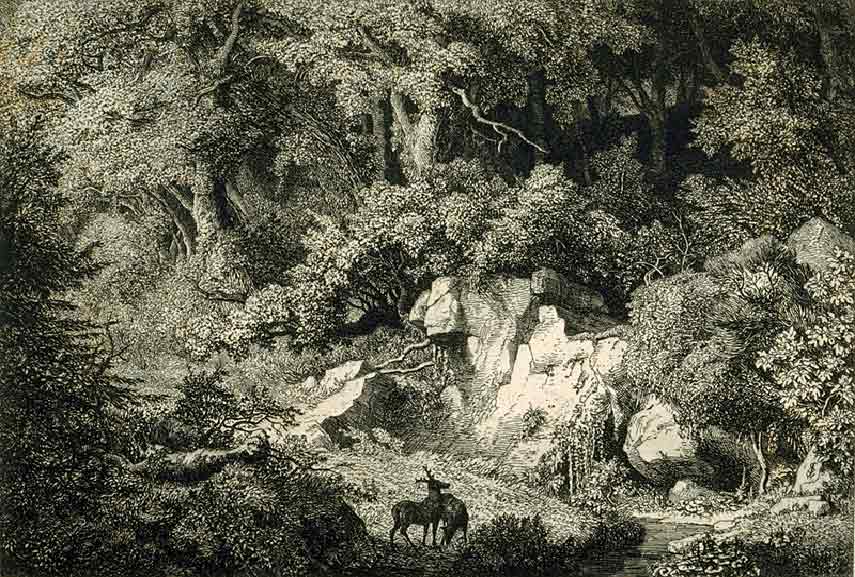

The image below was made by Pat Steir using soap ground and printed by professional printer Brian Sure at Crown Point Press in exactly this way. The areas not coated in soap ground, but aquatinted, are darker. The areas coated in soap have a variety of lighter values. So, w hile the plate is in the acid the soap slowly breaks down and comes off of the plate resulting in irregular tones. However, the soap isn't completely acid resistant. Again, the idea is that the soap ground should protect the plate. The printmaker puts a layer of aquatint on the plate either before or after applying the soap. Soap ground aquatint, also called white ground aquatint, involves a mixture that includes liquid soap painted onto the plate. Clicking the caption will take you to an interview with the artist in which he talks about his work and how printmaking fits into his studio practice. The areas that remained uncovered the longest were bitten deeper and printed darkest. The artist put the plate in the acid, took it out, covered a some areas with soft ground, put it back in the acid, took it out, covered more areas with soft ground and so on through several steps. The plate was layered one time with rosin and placed in the acid bath multiple times. Up to a point, the deeper the bite the more ink is held in the plate and the darker the tones will be in the print. The acid bites around each tiny grain of rosin creating a tooth in the plate to hold ink.

After the rosin particles are on the plate, they must be heated to make them melt and adhere to the plate. The idea is to have an even distribution of rosin particles that are not touching each other, like a lot of tiny polka dots. For a perfectly even tone, the printmaker creates a rosin dust storm in an aquatint box so that the particles will fall onto the plate evenly. Instead the printmaker dusts the plate with fine particles of pine rosin. Aquatint a ground but it is not a solid coating on the plate. Click the caption to jump to the website and a brief description of how it was made.Īquatint is kind of a big deal if you want to have values in your prints. The image below is a soft ground etching from the Wretched Etcher made by pressing a piece of lace into soft ground. Soft ground can also be used to make a resist. Or, textured fabrics, low relief objects, etc can be laid over the ground and run through the press to make an impression in the ground. When the paper is lifted off, it pulls off the wax where the pencil pressed the paper into the ground.

To give you some ideas, you can coat a plate with soft ground, lay a piece of paper over it and make marks by drawing on the paper. Soft ground lines look more like pencil or crayon lines and textures are also possible. S oft ground etching employs a softer wax and t here are more possibilities for visual variety. This is useful in protecting areas that have already been worked to masterful perfection via some other technique.Ĭolm MacAthlaoich, Monumental Activity, Hard ground Etching It is simply applied to the plate to protect parts of it from being bitten by the acid. The ground itself, the wax, is also used to make a resist. If you click on the caption below Colm MacAthlaoich's image he's provided some nice close-ups where you can see those characteristics. Hard ground lines are usually thin, wiry, and blunt at the ends. The printmaker coats the plate with a hard wax, hard ground, and then draws through the wax to expose parts of the plate. Hard ground etching is primarily used to make lines.


 0 kommentar(er)
0 kommentar(er)
